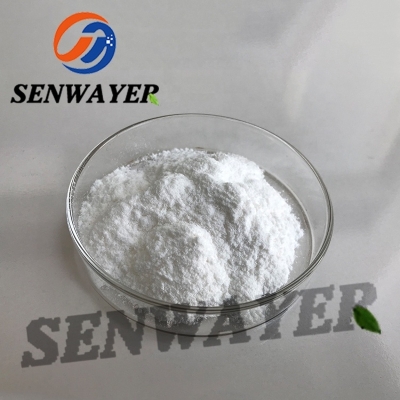-
Categories
-
Pharmaceutical Intermediates
-
Active Pharmaceutical Ingredients
-
Food Additives
- Industrial Coatings
- Agrochemicals
- Dyes and Pigments
- Surfactant
- Flavors and Fragrances
- Chemical Reagents
- Catalyst and Auxiliary
- Natural Products
- Inorganic Chemistry
-
Organic Chemistry
-
Biochemical Engineering
- Analytical Chemistry
- Cosmetic Ingredient
-
Pharmaceutical Intermediates
Promotion
ECHEMI Mall
Wholesale
Weekly Price
Exhibition
News
-
Trade Service
When it comes to sensors and transmitters, it's probably not clear to many people that sensors and transmitters all play an important role in the field of automatic control, but it's always easy to confuse the two.
transmitters are based on sensors, they are closely related and different.
for this reason, small compilation on the difference between sensors and transmitters, according to different technical characteristics to give you a detailed explanation of how to distinguish between the two.
sensor sandizer sorority is the concept of a thermometer, the sensor from its name, transmission and sense of the word.
is transmission, sense refers to perception.
is actually first 'perceived', second conversion, then transmission.
transfer is therefore the purpose, transformation is the means, perception is the basis.
the sensored components of non-electrical physical quantities such as temperature, pressure, level, material, gas characteristics, etc. are called sensitive components, and the perceived variables are converted into non-standard electrical signals or other forms of output signals called conversion elements.
common electrical signals are 2.0mV/V, 3.33mV/V, etc., and then the signal is transmitted to the secondary instrument.
therefore the composition of the sensor consists of sensitive components and conversion elements.
the national standard GB7665-87 defines the sensor as follows: "a device or device that can feel the required measurement and convert it into an available signal according to a certain law, usually consisting of sensitive components and conversion elements".
it is a detection device that can feel the information being measured and transform the information it perceives to an electrical signal or other desired form of output according to certain laws to meet the requirements of transmission, storage, display, recording and control of information.
it is the first step in achieving automatic detection and control.
signal converter, it is the sensor to collect a weak electrical signal to be amplified to transmit or start the control element, or the sensor input of the non-charge dischargement into an electrical signal simultaneously amplified for remote measurement and control of the signal source.
commonly used standard signals are 4-20mA, 0-5V, 0-10V, 0.5-4.5V, 1-5V.
when the signal converter is integrated with the sensor, it is called a transmitter.
, according to the definition of the Encyclopedia of China, transmitters are output as sensors for standard signals.
the definition of a national standard: a device that makes an output a specified standard signal is called a transmitter.
therefore, the concept of a transmitter is an instrument that converts a non-standard electrical signal into a standard electrical signal, and a sensor is a device that converts a physical signal into an electrical signal.
1, wiring system and power supply: sensors have a second-line, three-wire, four-wire system, some require additional power supply, some do not need power supply.
transmitterist is basically a two-wire system with the same power supply as the signal.
2, signal: the sensor output signal has a non-standard electrical signal or other form of signal, is a weak non-standard signal, transmitter output is a standard electrical signal, strong output signal.
are transmitted at long distances with a standard current signal, and at close range it can be transmitted with a standard voltage signal.
3, one-time and secondary meters: the transmitter and sensor are all meters.
instrument is used for signal acquisition and conversion, the secondary instrument can accept the signal of the first instrument acquisition conversion, can be used for display, control, alarm, monitoring and so on.
sensor and transmitter into an integrated, both the function of a single meter, but also has the function of a secondary meter, that is, the intelligent transmitter.
above is about the difference between sensors and transmitters.
.







